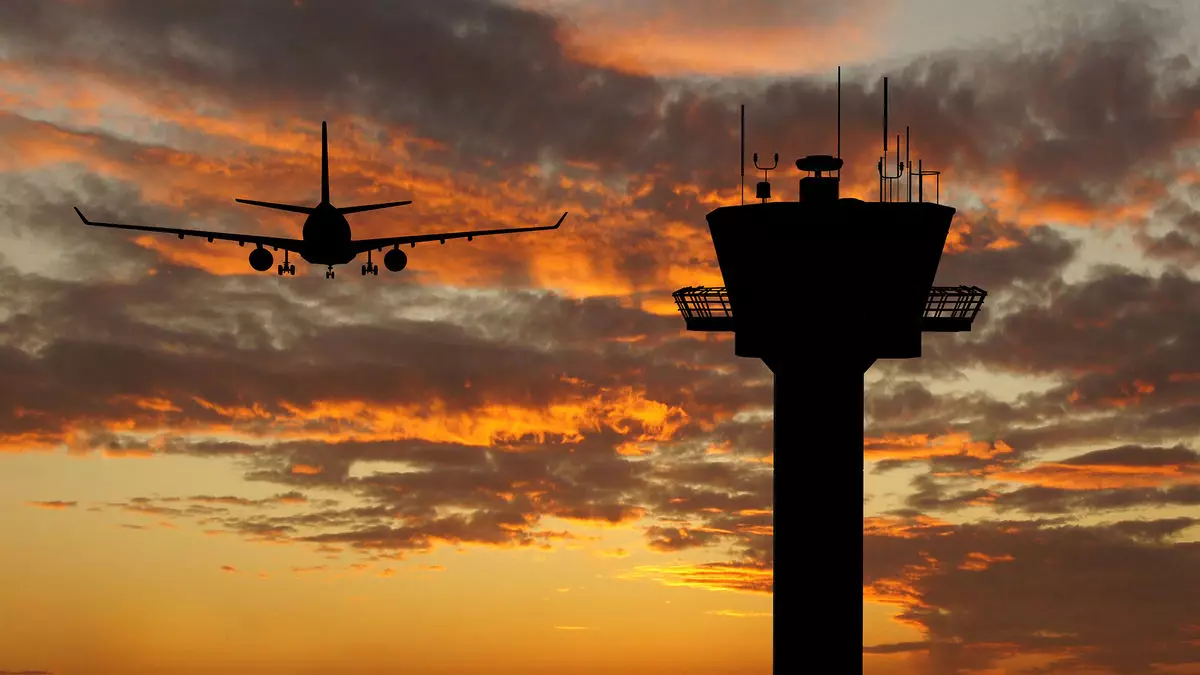In a high-profile address at the National Prayer Breakfast, former President Trump directed attention toward the pressing need to modernize the United States air traffic control (ATC) system. This call was catalyzed by a tragic incident that occurred near Washington Reagan National Airport, where a midair collision between an American Eagle jet and an Army helicopter resulted in the loss of 67 lives. The former president attributed this catastrophic event to an outdated system, asserting that a comprehensive and technologically advanced ATC network could prevent such accidents in the future. While the motivation for this modern initiative is commendable, it raises questions about underlying issues in U.S. aviation management and expenditure.
Trump’s declaration that the current ATC system is “obsolete” highlights a critical vulnerability within U.S. aviation infrastructure. This perspective aligns with the prevailing concerns among industry professionals who have long argued that our air traffic management has lagged behind other nations. The President emphasized that with the right tools in place, tragedies like the one mentioned would be rendered “virtually impossible.” Nevertheless, this blanket indictment of existing systems may overlook systemic failures in oversight and management.
It begs the question: How did an outdated system survive for so long? Policymakers and stakeholders must own up to the negligence in prompt investment and upgrades that should have been prioritized over the years. Labeling the system as “obsolete” while announcing ambitious redesign plans may come across as scapegoating rather than acknowledging the depth of the issue.
The proposed overhaul of the ATC infrastructure is a monumental task, one that would require not just financial investment but also substantial coordination among various federal entities. The viability of implementing an entirely new computerized system rests on successfully navigating a host of challenges, including technological integration, regulatory compliance, and legacy data migration.
When taking into account the extensive air traffic modernization initiative called NextGen, which has reportedly cost around $20 billion since its inception in 2007, skepticism forms over whether a complete overhaul would even be feasible within a reasonable time frame. The Office of the Inspector General’s recent report suggests that NextGen may not deliver the transformation initially promised, pointing to a potential misalignment between funding and output. Thus, without a clear roadmap that delineates between an entirely fresh initiative and improvements on NextGen, ambiguity may impede progress.
Industry leaders, such as Geoff Freeman, CEO of the U.S. Travel Association, have expressed optimism regarding Trump’s comments, seeing them as an opportunity for collaboration. Businesses within the travel sector are keen on seeing advancements that can provide both safety for passengers and enhance operational efficiency. The relationship between the federal government and the travel industry will play a crucial role in the successful rollout of any new systems.
However, the complexity of this partnership cannot be underestimated. Stakeholders must remain vigilant that their interests are represented fairly. The travel sector is significantly affected by ATC efficiency, and calls for “greater investments in technology and manpower” should not just be seen as rhetorical; instead, they need actionable steps that are rooted in sound planning and execution.
Trump’s insistence on creating “the best system” reflects an urgent necessity to reevaluate and reformulate strategies surrounding U.S. air traffic management. The lofty aspiration of building a superior ATC system cannot occur in isolation; it requires stakeholder engagement across public and private sectors.
Yet, we must remain cautious. Statements of ambition need to be grounded in accountability, timeliness, and transparency, especially given the tragic backdrop of the recent collision. Now more than ever, the aviation industry stands at a crossroads. The call for change must translate into action, where modernization goes beyond mere chatter and leads to tangible results that enhance both safety and efficiency within the skies. In the balance lies not only aviation’s future but also the well-being of millions of passengers who depend on air travel daily.

